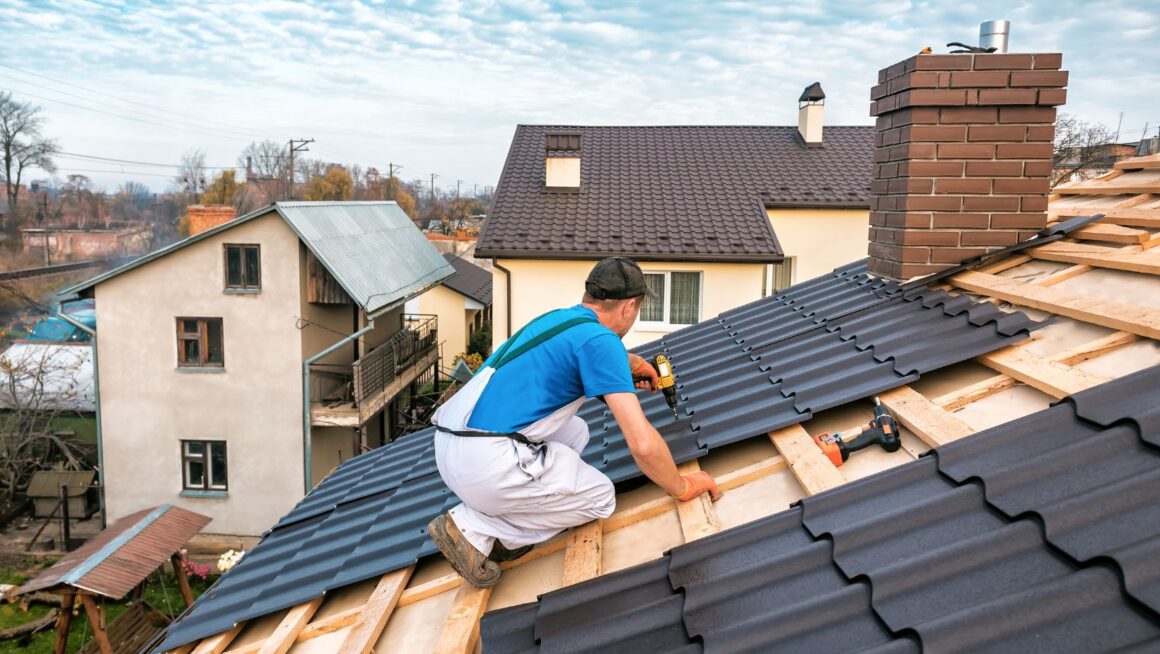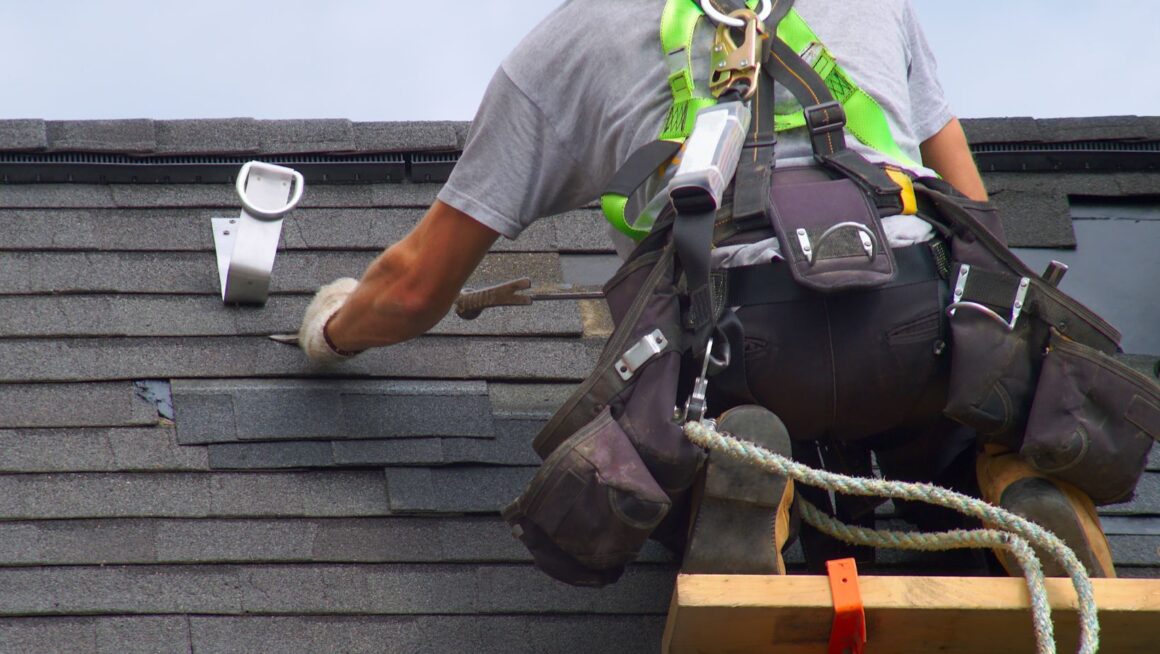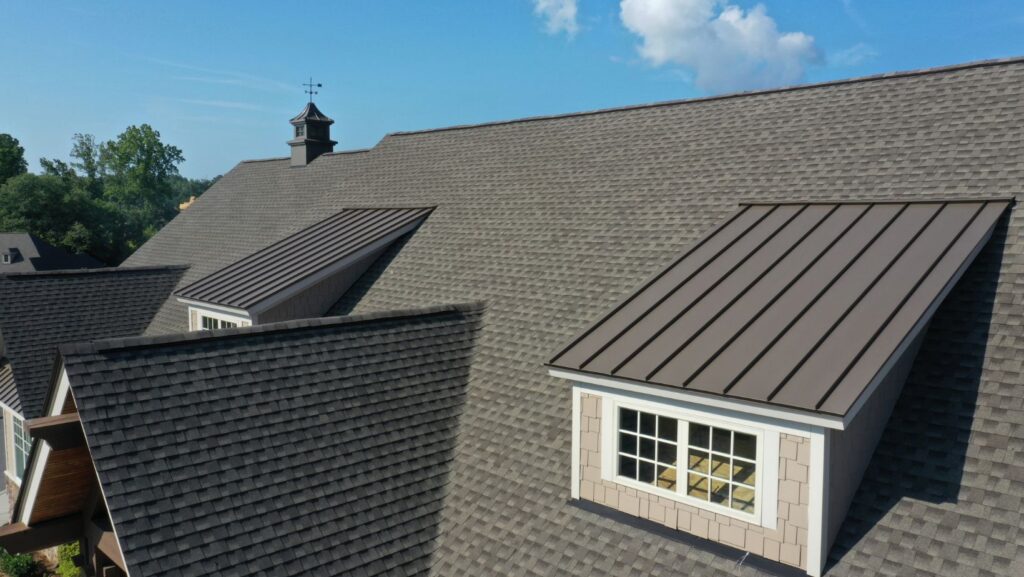We often take our roofs for granted. They shelter us from the elements, yet we seldom think about their upkeep until problems arise. The roofing materials that protect our homes can experience a range of issues over time, from weather damage to organic growth. While most homeowners are aware of the importance of regular inspections and timely repairs, there exists one frequently overlooked method that can significantly extend the life of your roof: a fresh coat of paint.
Investing in a roof paint treatment can not only rejuvenate the appearance of your home but also provide crucial protection against the elements. Before delving into the myriad benefits of roof painting, it’s essential to understand what contributes to the deterioration of roofing materials.
Understanding Roof Deterioration
The life expectancy of a roof is influenced by several factors:
• Weather Conditions: Varying climates exert different types of stress on roofs. For example, areas prone to heavy rain or snow can accelerate rot, while regions with intense UV exposure may cause materials to fade and crack.
• Moss and Algae Growth: In damp conditions, organic growth can take root, leading to moisture retention and eventual damage to roofing materials.
• Debris Accumulation: Leaves, branches, and dirt can trap moisture, leading to further decay if not cleared regularly.
When these elements combine, they can result in leaks, structural fatigue, or even complete roof failure. So, how can a coat of paint help counteract these issues?
The Case for Roof Painting
Protection Against the Elements
A quality roof paint is designed specifically to withstand the rigours of weather exposure. By applying a protective layer, you’re essentially creating a barrier that resists UV rays, moisture, and even pollutants. This can be particularly beneficial for older roofs that may be more susceptible to deterioration.

In addition, certain paints contain reflective properties. Known as cool roof coatings, these can help lower indoor temperatures by reflecting sunlight, thereby reducing energy costs in warmer months.
Preventing Organic Growth
Roof paints often come infused with biocides that deter the growth of mould, mildew, and algae. By painting your roof, you’re not only preventing unsightly stains but also minimising the risk of water retention and subsequent damage. This proactive approach can significantly enhance the longevity of your roof.
Enhancing Curb Appeal
Beyond just functionality, a fresh coat of paint can transform your roof’s appearance. A home with a well-maintained roof is more inviting and can increase property value. If your roof looks worn out or faded, it can detract from your home’s overall aesthetic, making it less attractive to potential buyers.
Cost-Effectiveness
While regular maintenance can be essential, roof painting is often a more cost-effective solution compared to complete roof replacement. In many cases, you can refresh your roof with a coat of paint for a fraction of the price, particularly when considering the extended lifespan it provides.
For those considering this approach, it’s crucial to do your homework on the right type of paint and application method. Refresh your roof with a coat of paint by consulting resources that discuss the specifics of materials, preparation, and techniques. This will ensure that you make informed decisions about your roofing maintenance.
Choosing the Right Paint
Selecting the appropriate paint for your roof isn’t as simple as picking your favourite colour. Here are some critical factors to consider:
• Material Compatibility: Ensure that the paint you choose is suitable for your roof material—whether it’s tiles, metal, or shingles. Using incompatible paints can lead to peeling or flaking.
• Weather Resistance: Look for paints that are specifically designed to withstand your local weather conditions. For instance, if you live in a region with heavy rainfall, consider a paint that offers superior waterproofing.
• Reflectivity: As mentioned earlier, cool roof coatings can save you money on energy bills. If your house gets plenty of sun exposure, investing in reflective paints could be worth it.
DIY vs Professional Application
While some homeowners may opt for a DIY approach to roof painting, it is important to weigh the pros and cons. On one hand, doing it yourself can save money, but there are risks involved, especially if you’re not well-versed in the techniques necessary for achieving a smooth and long-lasting finish.
Professional services, while costing more upfront, often come with guarantees and the expertise needed to handle tricky angles and heights. It’s advisable to consult professionals or read comprehensive guides available online, as they can provide valuable insights into best practices for painting your specific roof type.
Regular Maintenance After Painting
Once you’ve invested time and resources into painting your roof, regular upkeep is essential for ensuring that the benefits last long-term:
• Routine Inspections: Schedule biannual inspections to check for any signs of wear, peeling, or damage.
• Debris Removal: Regularly clear any leaves or dirt to prevent moisture retention and organic growth.
• Touch-Ups: Depending on the paint’s durability, you may need to perform occasional touch-ups to maintain the protective qualities.

Conclusion
Roof maintenance is essential for safeguarding your home against the elements. While many homeowners focus on repairs and inspections, roof painting represents an often-overlooked yet effective strategy for extending your roof’s life. By employing the right techniques and materials, you can significantly enhance both its protective qualities and visual appeal. Whether you choose to tackle this project yourself or enlist professional help, a well-painted roof can provide both aesthetic and functional benefits for many years to come.


More Stories
Property Valuation Certificate in Dubai: When You Need It and How to Get It
The Welcome Bonuses at EU Casinos: A Comparison of Real Offers
How to Know When It’s Time to Replace Your HVAC System?